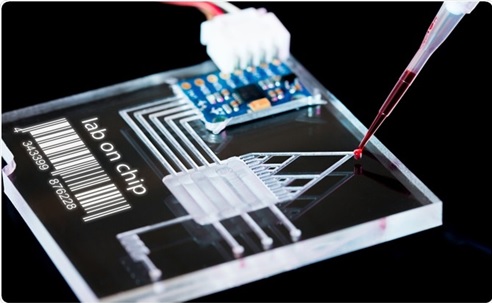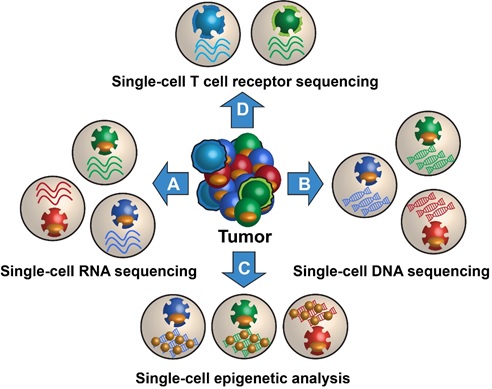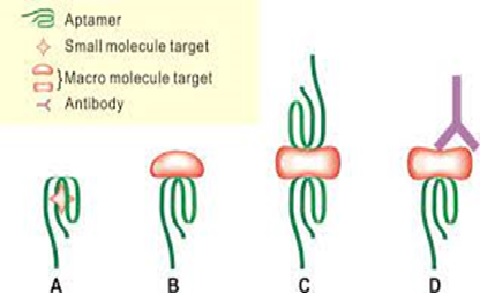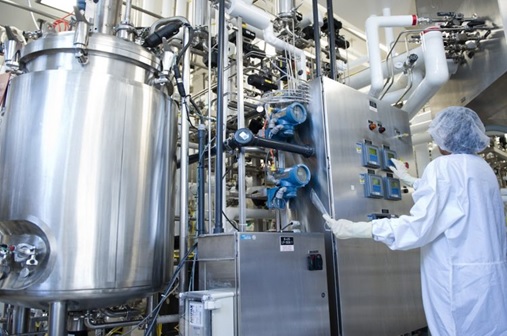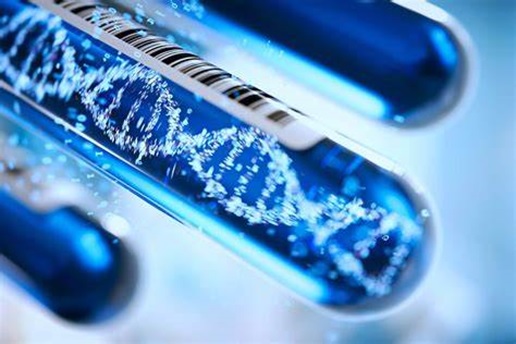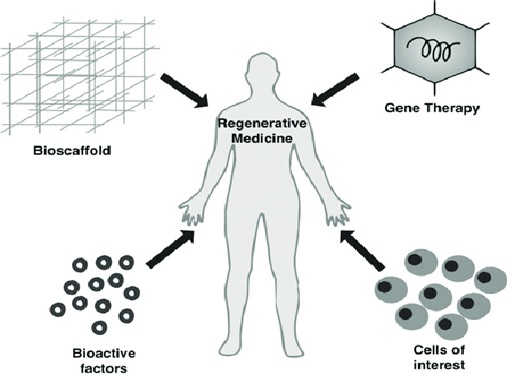Types of Greenhouse Sensors
Greenhouse, also called glasshouse, building designed for the protection of tender or out-of-season plants against excessive cold or heat. In the 17th century, greenhouses were ordinary brick or timber shelters with a normal proportion of window space and some means of heating. As glass became cheaper and as more sophisticated forms of heating became available, the greenhouse evolved into a roofed and walled structure built of glass with a minimal wooden or metal skeleton. By the middle of the 19th century, the greenhouse had developed from a mere refuge from a hostile climate into a controlled environment, adapted to the needs of particular plants.[1]

Figure 1. the Types of Greenhouse Sensors
Figure 1 shows Greenhouses are closed environments where conditions are optimized for plant growth. Optimal controls require information both from the indoor and outdoor environments. Typically, carbon dioxide (CO2), relative humidity, solar radiation, vapor pressure deficit, and temperature are measured in the greenhouse. Outside measurement parameters include wind speed and direction, humidity, and rain.[2]
Types of sensors for greenhouse remote monitoring system
1. Temperature and humidity sensor
The biggest advantage of using greenhouses to grow crops is that they can provide ideal temperatures for plant growth and development. Measuring and controlling air temperature is common in many production systems because it has the greatest impact on factory temperature. In greenhouse planting, the adjustment of indoor meteorological parameters is an important factor affecting crop growth and yield, and people need to adjust the indoor environment regularly. The indoor temperature and humidity are directly related to plant respiration, root absorption, transpiration, and other physiological factors.
2. Light sensor
Proper greenhouse lighting can maximize plant growth and development while minimizing energy consumption. Light measurement helps optimize growth and can be used to automate supplemental light levels in greenhouses and guide light positioning in indoor growth facilities. Light sensors are a good tool for assessing the exposure of plants to light. There are usually two types of sensors used to measure the light in a greenhouse: (1) global radiation, usually called energy units, and (2) photosynthetically active radiation (PAR).
3. Soil moisture sensor
Soil water content is the driving force for plant growth. When the water content in the soil is relatively high, the water in the plant will enter the body of the plant through the membrane of the root system, accompanied by a large number of inorganic nutrients in the soil. However, when the water content in the soil is insufficient, the concentration in the root system of the plant is lower than the growth environment of the outside world.
4. Carbon dioxide sensor
Carbon dioxide is one of the raw materials for photosynthesis of green plants, and 95% of the dry weight of crops comes from photosynthesis. Therefore, carbon dioxide has become an important factor affecting crop yields. The greenhouse has been kept closed for a long time, causing the air in the room to be relatively blocked and unable to replenish carbon dioxide in time. After sunrise, due to the accelerated photosynthesis of vegetables, the indoor carbon dioxide concentration drops sharply, and sometimes drops below the carbon dioxide compensation point (0.008%-0.01%). [3]
References:
- https://www.britannica.com/topic/greenhouse
- http://www.greenhouse-management.com/greenhouse_management/greenhouse_environmental_control_systems/greenhouse_environmental_monitoring_systems.htm
- https://www.renkeer.com/sensors-for-greenhouse-remote-monitoring-systems/
Cite this article:
Thanusri swetha J (2021) Types of Greenhouse sensors, AnaTechMaz, pp. 30



